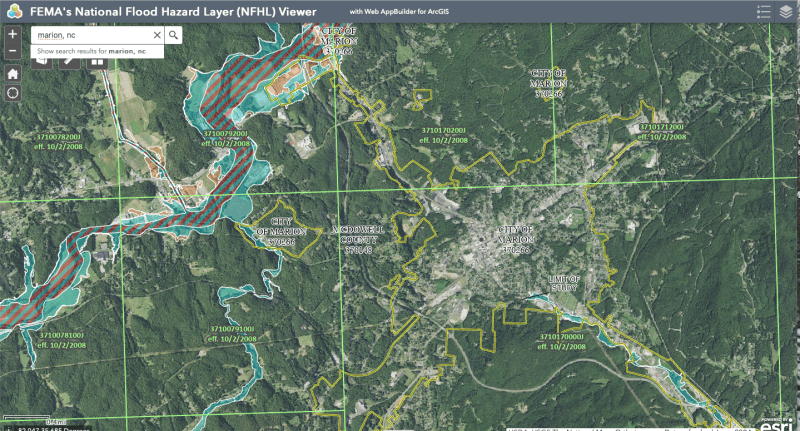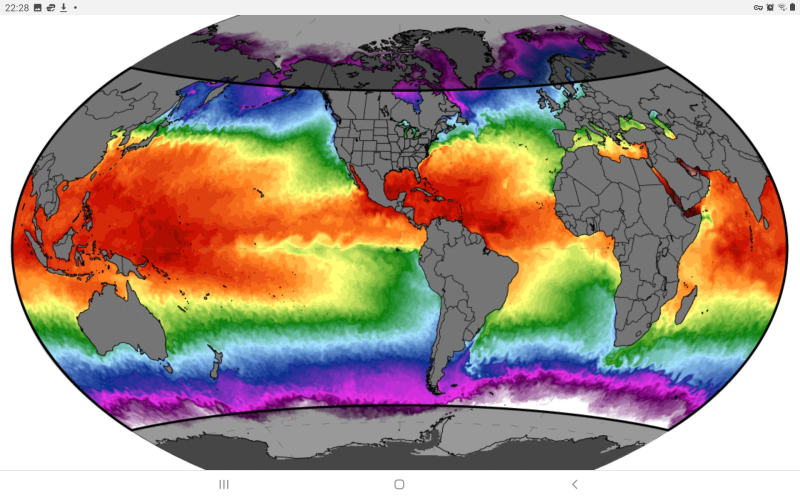Ocean heat content is a term used in physical oceanography to describe a type of energy that is stored in the ocean. It is defined in coordination with a particular formulation of the thermodynamic equation of state of seawater. TEOS-10 is an international standard approved in 2010 by the Intergovernmental Oceanographic Commission.
Calculation of ocean heat content is closely aligned with that of enthalpy at an ocean surface, also called potential enthalpy. OHC changes are thus made more readily comparable to seawater heat exchanges with ice, freshwater, and humid air. OHC is always reported as a change or as an "anomaly" relative to a baseline. Positive values then also quantify ocean heat uptake (OHU) and are useful to diagnose where most of planetary energy gains from global heating are going.
To calculate the ocean heat content, measurements of ocean temperature from sample parcels of seawater gathered at many different locations and depths are required. Integrating the areal density of ocean heat over an ocean basin, or entire ocean, gives the total ocean heat content. Thus, total ocean heat content is a volume integral of the product of temperature, density, and heat capacity over the three-dimensional region of the ocean for which data is available. The bulk of measurements have been performed at depths shallower than about 2000 m (1.25 miles).
The areal density of ocean heat content between two depths is computed as a definite integral:
where
c
p is the specific heat capacity of sea water, h2 is the lower depth, h1 is the upper depth,
rho (z) is the in-situ seawater density profile, and
Theta (z) is the conservative temperature profile.
c
p is defined at a single depth h0 usually chosen as the ocean surface. In SI units,
H has units of Joules per square metre (J·m−2).








